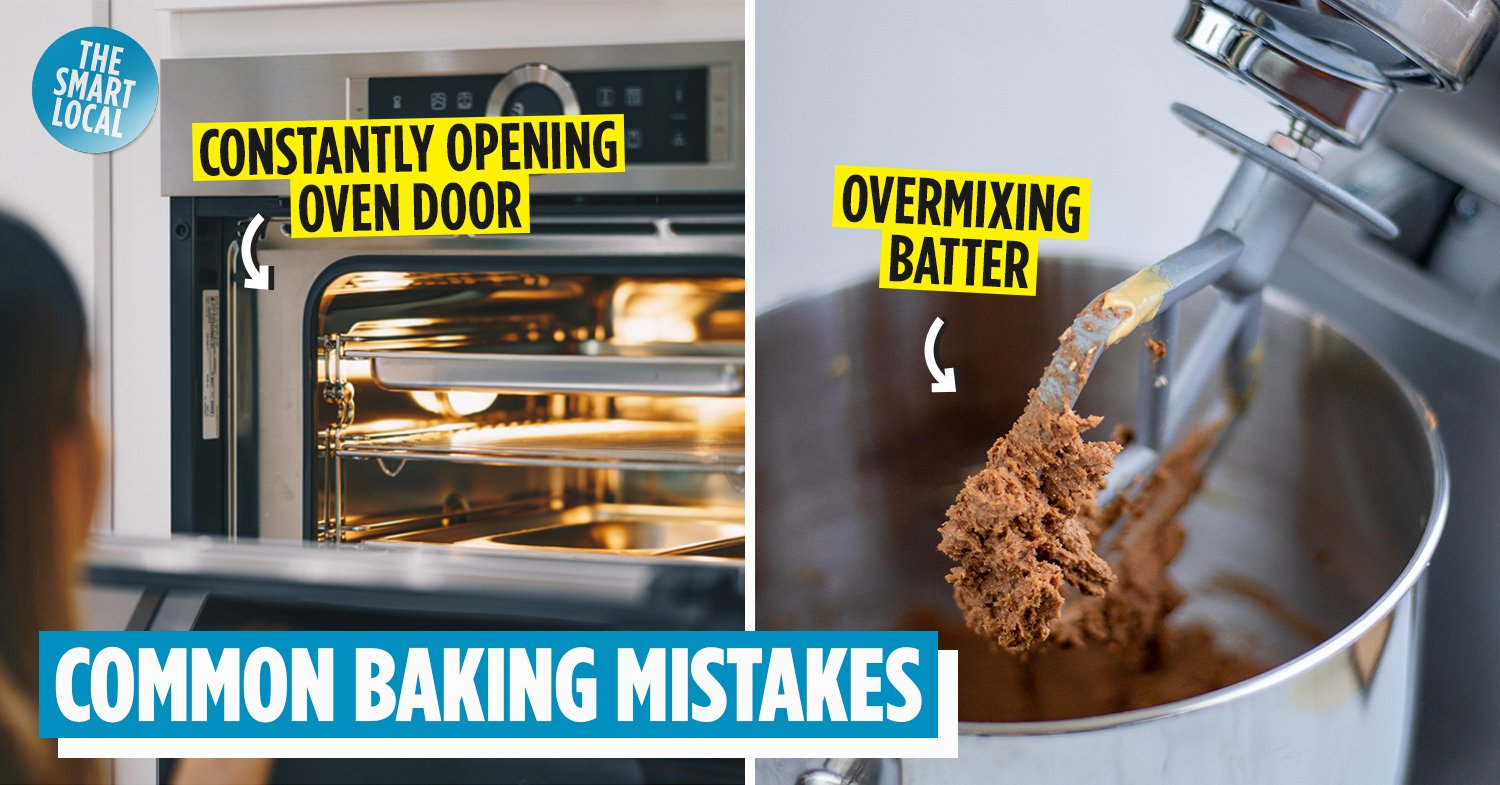Common baking mistakes
Unrisen bread dough, overly dense cakes and muffins that are stuck to your baking tins – these are just some of the common and frustrating problems faced by many home bakers. This is due to the fact that baking is an exact science, and little substitutions or steps you skip may result in a less-than-desired outcome.
From using old baking soda to overmixing your batter, here are 10 common baking mistakes you may be making that are stopping you from reaching baking perfection.
Other related articles:
- 10 common kitchen mistakes
- Common supermarket mistakes when choosing what to buy
- Easy airfryer dessert recipes
1. You don’t preheat your oven before baking
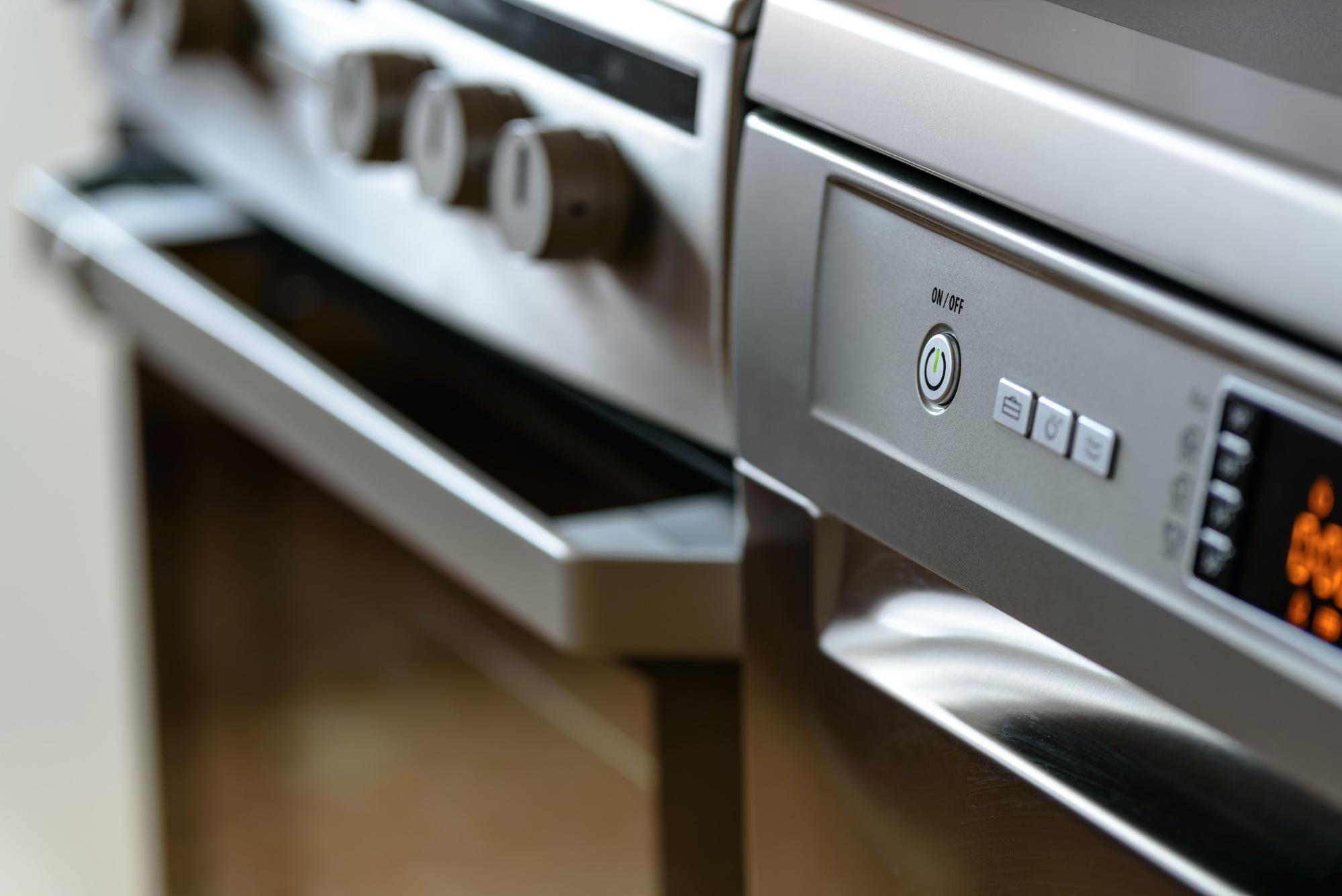 Image credit: PhotoMIX Company
Image credit: PhotoMIX Company
There’s a reason why preheating your oven is the first step in most recipes. By not preheating the oven, you’re putting your bakes in when the oven’s temperature is only gradually increasing from room temperature, compared to putting it in at an already high temperature.
Because of the low temperature, your bakes are unable to rise properly, leaving you with an overly dense and undercooked end product.
2. Using old/expired baking products
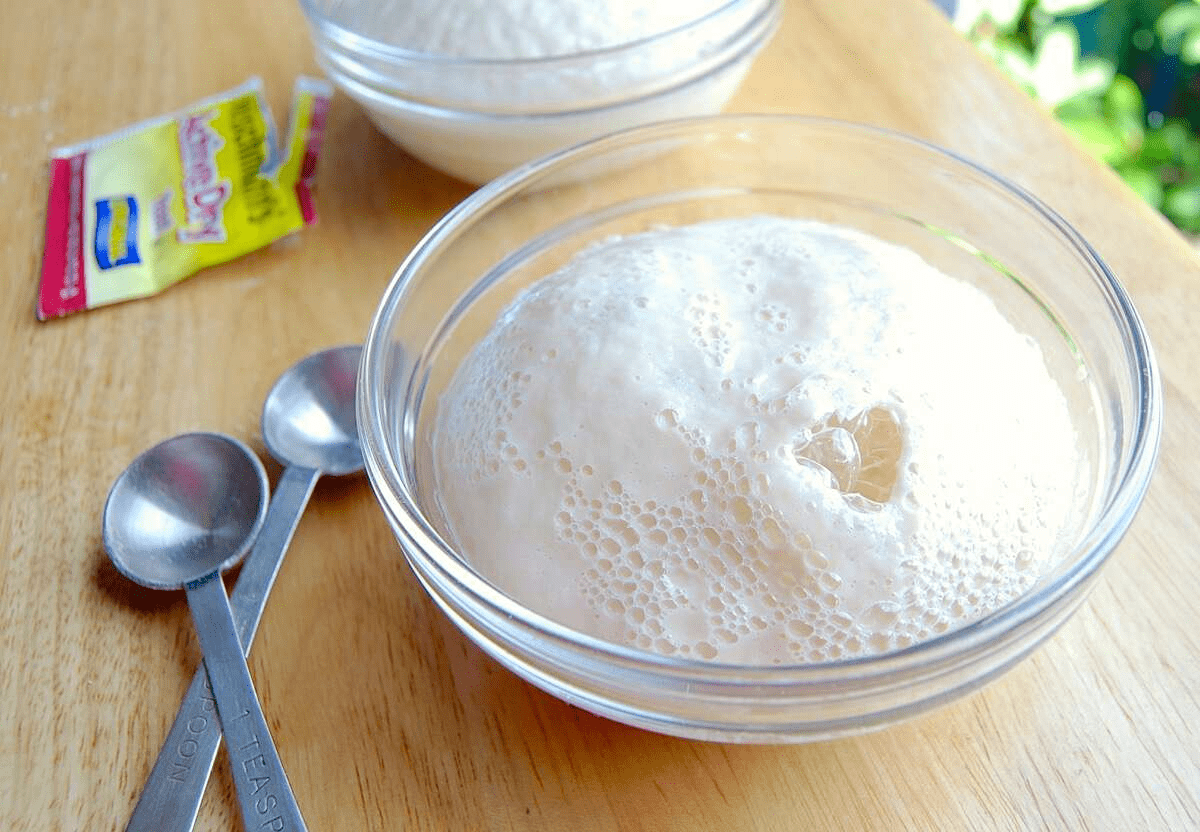 How activated yeast looks like
How activated yeast looks like
Image credit: King Arthur Flour
Yeast, baking soda, and baking powder – they all have shelf lives and for good reason. Past their expiry date or even if you’ve kept them in your pantry for a few months after opening, they could very well be inactive and therefore, won’t help your bake rise.
To test if they’re still usable:
Yeast: Dissolve ½ teaspoon of sugar in ½ cup warm water. Stir in a packet of active dry yeast or 2 teaspoons of instant yeast. After 15 minutes, the mixture should be expanded and frothing if the yeast is alive.
Baking soda: Mix 1 tablespoon vinegar and ½ teaspoon of baking soda in a bowl. If it’s still fresh, it should fizz vigorously on contact.
Baking powder: Mix two tablespoons of warm water and ½ teaspoon of baking powder in a bowl. If it’s still fresh, you should see the mixture start to bubble and foam.
3. Substituting baking soda for baking powder and vice versa
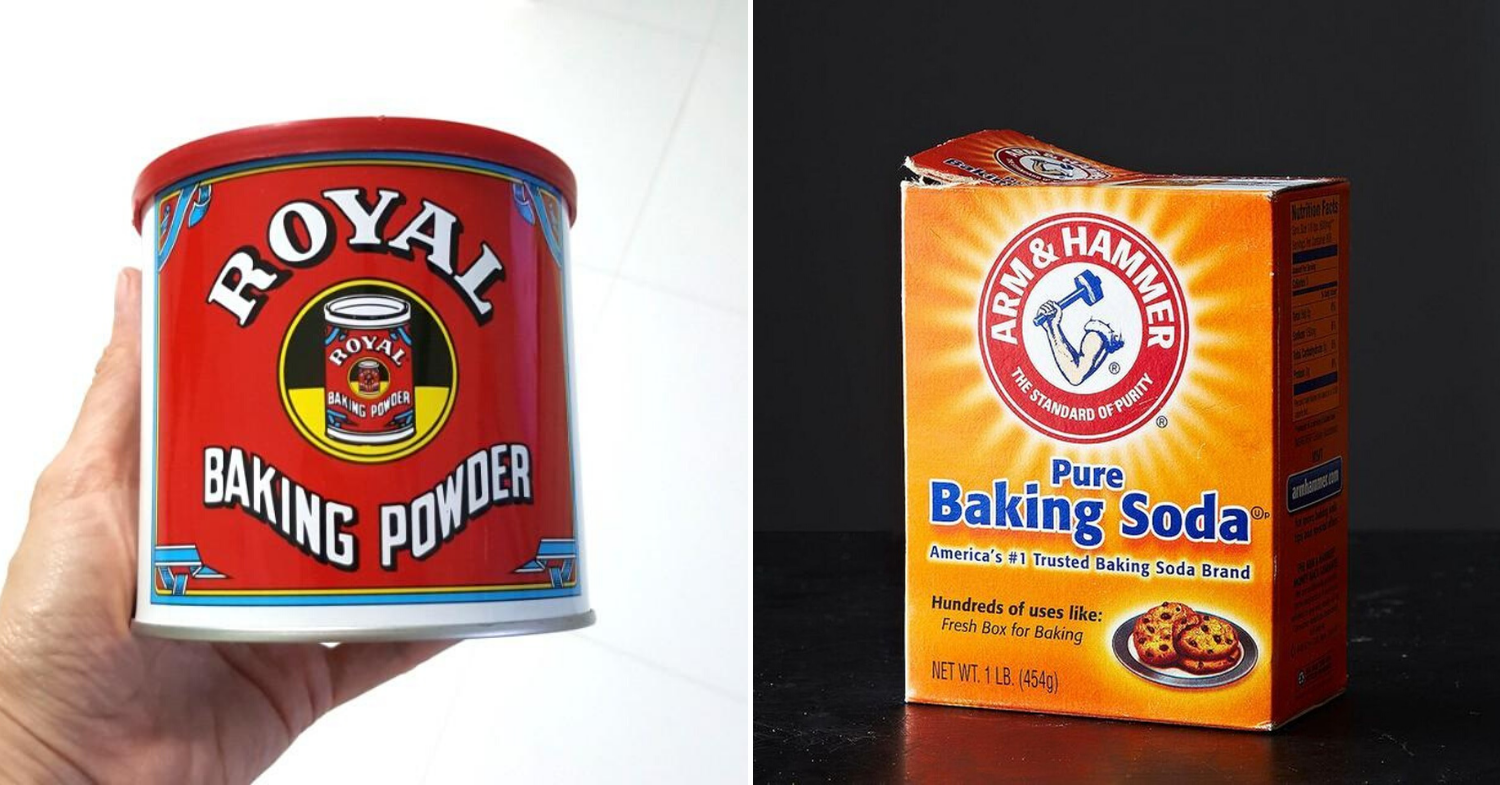 Image adapted from: beautyboxsg, James Ransom
Image adapted from: beautyboxsg, James Ransom
At some point in your life, you’ll probably only have either baking soda or baking powder in your pantry, and will use one to substitute the other if a recipe calls for it. While both are leaveners that help your bake to rise, they are different chemically.
Baking soda requires an acid like lemon juice or vinegar to activate it and create carbon dioxide. The carbon dioxide then helps your cakes to rise in the oven.
Baking powder, on the other hand, contains a mixture of baking soda, cream of tartar (a dry acid), and sometimes cornstarch. It’s usually activated twice – first when it comes into contact with liquid, and then again in the oven upon heat contact.
So if you use baking soda in a recipe that calls for baking powder, where acid isn’t present to activate it, your bake might not even rise and you’ll have the metallic, soapy taste of baking soda in your mouth. Yum.
4. Using cold ingredients to bake
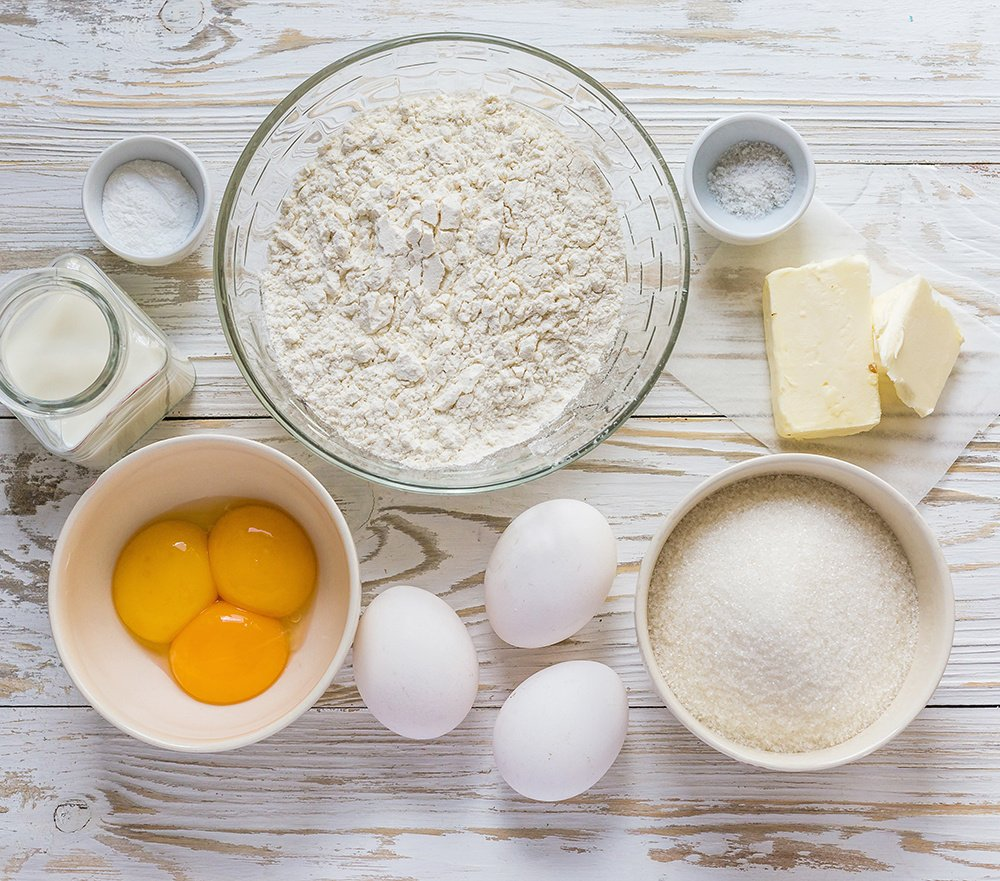
Image credit: Sugar Geek Show
Pro baking tip: Read your recipes in advance to find out which ingredients you may need to use at room temperature. This not only saves you time and prevents the challenge of creaming butter and sugar together when your butter is a solid block, but also ensures that your ingredients incorporate well.
Using room-temperature butter, eggs, or milk when the recipe calls for it means that your ingredients will be able to emulsify better and trap air, giving you a smooth batter and fluffier end result.
5. Scooping ingredients with your measuring cups
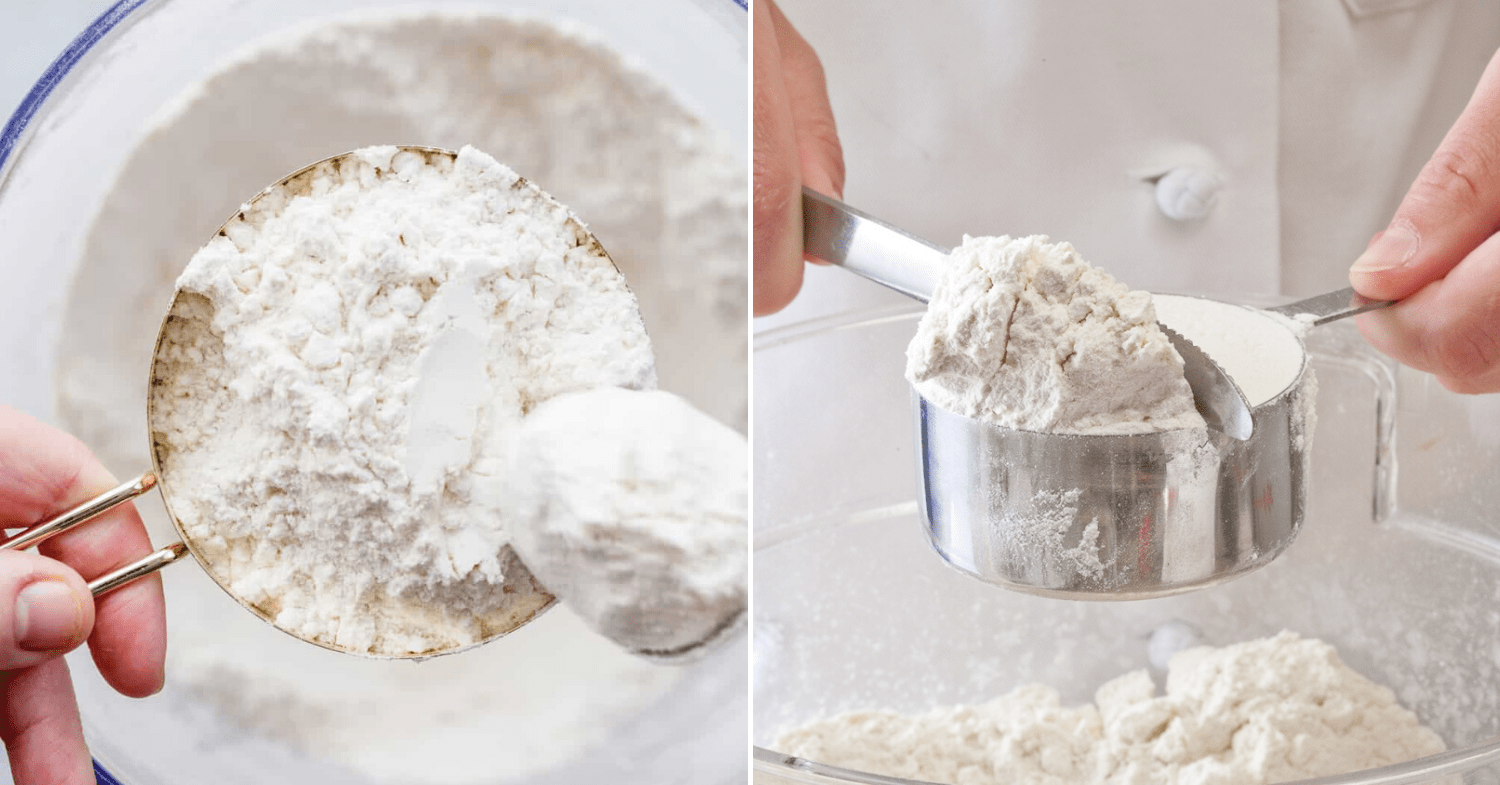 Remember: Scoop and level.
Remember: Scoop and level.
Image adapted from: My Baking Addiction, Cook’s Illustrated
While the most accurate way of measuring ingredients is with a weighing machine, sometimes a recipe uses cup measurements and it’s easier to follow than to convert everything to grams.
If you’ve been scooping your flour or sugar straight from the bag using your measuring cup, chances are that you’ll probably end up with more than your cup’s measurement. What you should be doing is spooning the ingredients into the measuring cup, then using a knife or spatula to level off the top.
6. Not sifting ingredients when the recipe calls for it
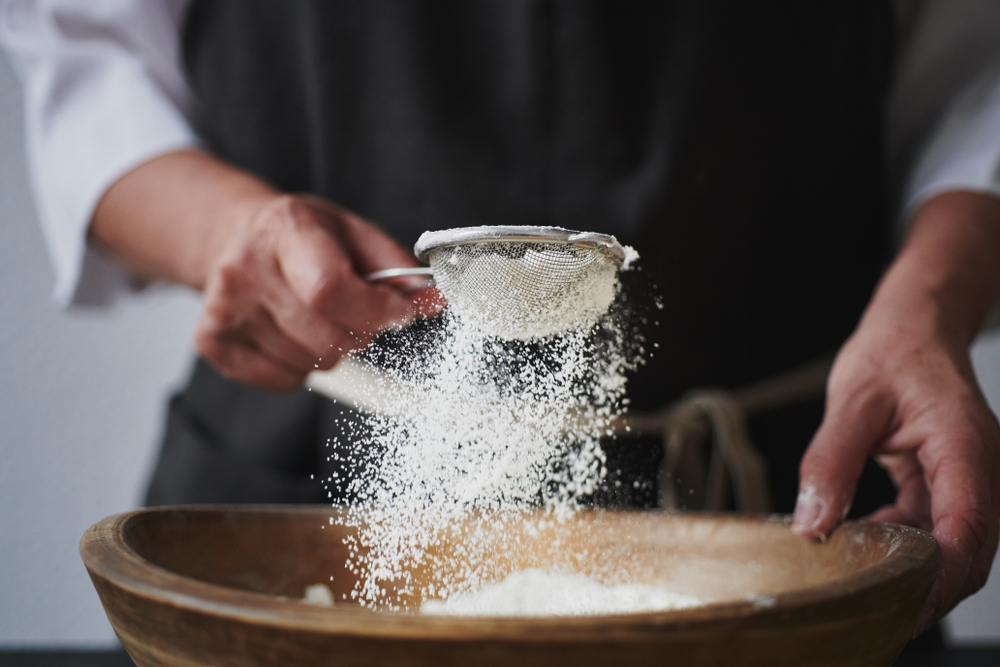
Image credit: Bob’s Red Mill
I wonder how many lazy people like me are out there, skipping the sifting step in a recipe even though it clearly asks for it.
By not skipping this step, we’re actually helping to break up any clumps in ingredients like flour and cocoa powder, as well as introducing air into the mixture. This allows even distribution of every ingredient, so we can avoid those dreaded pockets of flour.
7. Not knowing the difference between creaming, beating and folding
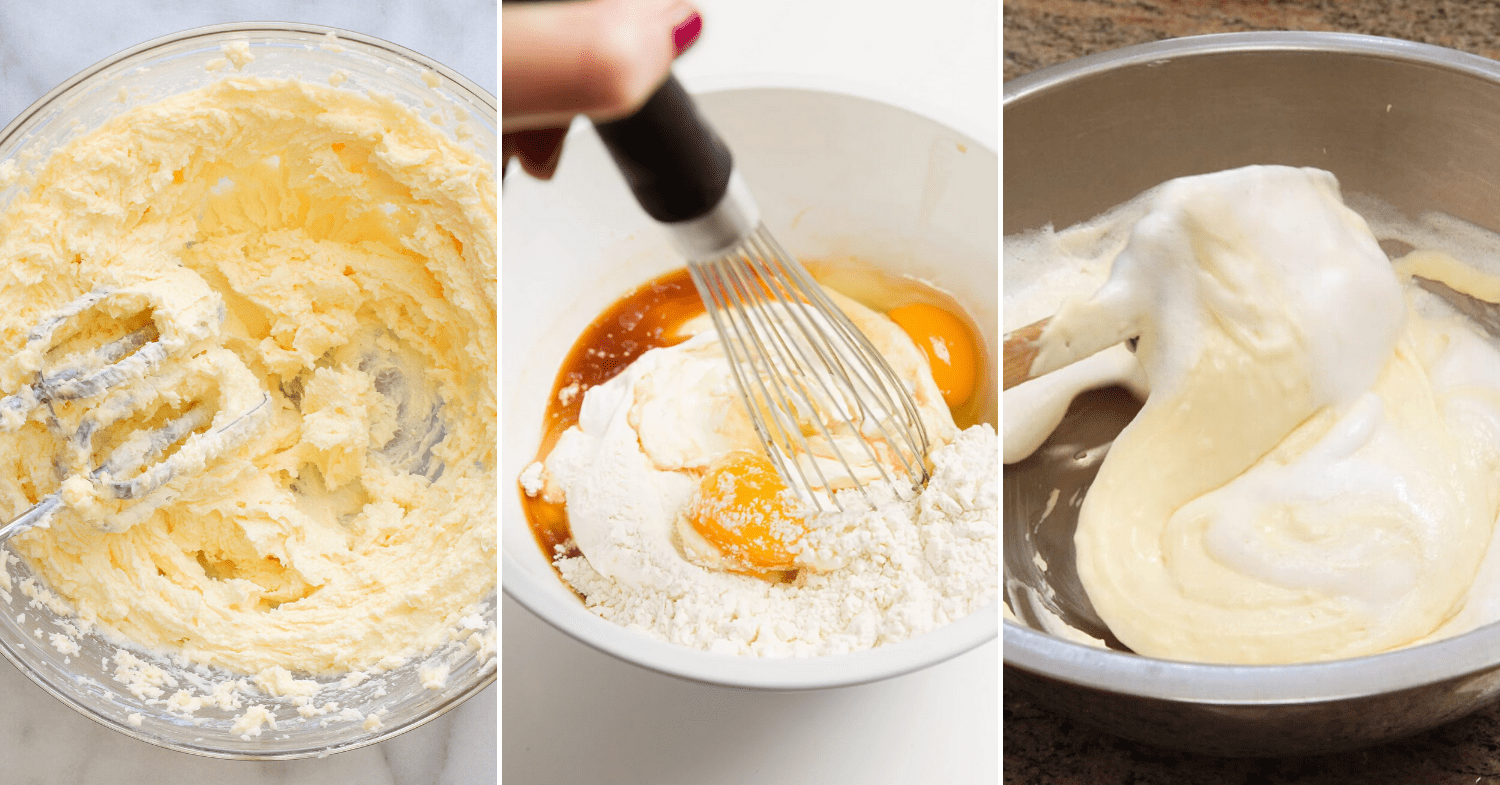 Creaming, beating and folding.
Creaming, beating and folding.
Image adapted from: Little Mom on the Prairie, Cupcake Project, Serious Eats
Knowing the difference between different baking techniques is crucial because doing one instead of another could result in a flat or overly dense texture.
Here’s how to differentiate between the 3 common methods, creaming, beating and folding:
Creaming: Usually to make a fat and sugar mixture light and fluffy in cookies and cupcakes. You can use an electric mixer – or a wooden spoon, if you want to get a good arm workout in – to beat the mixture until it’s pale and creamy.
Beating: A.k.a. mixing or whisking, this is basically to incorporate a mixture fully using a fork, wooden spoon or whisk. This is a typical method used for banana bread or in one-bowl recipes that don’t require much fuss.
Folding: Using a large metal spoon or spatula, you fold the mixture in an ‘8’ pattern instead of stirring to keep as much air inside the mixture. This helps your bake to rise in the oven and remain light and fluffy. You would typically fold a mixture for delicate treats like meringues or souffles.
8. You’re overmixing your batter
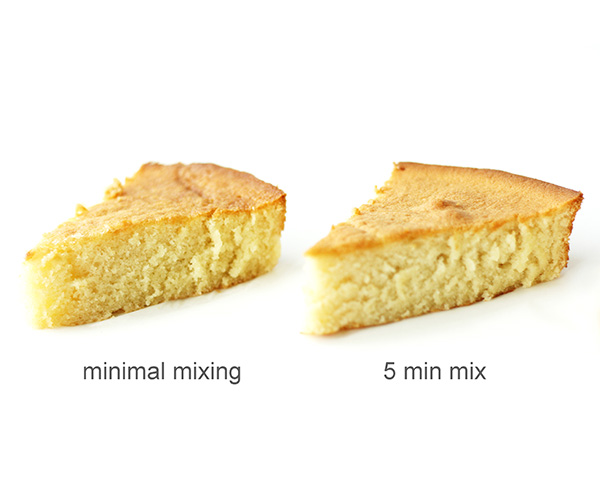
Image credit: The Cake Blog
Knowing when you should stop mixing your batter is a true test of self-control. The next time you bake, resist the urge to continue stirring beyond the point where your mixture is well incorporated.
You should only mix your batter until no lumps of flour show. Mixing way past that point will cause the air bubbles in the batter to be knocked out, resulting in a dense and chewy bake instead of being light and spongy.
9. Not greasing or lining your baking tins and trays
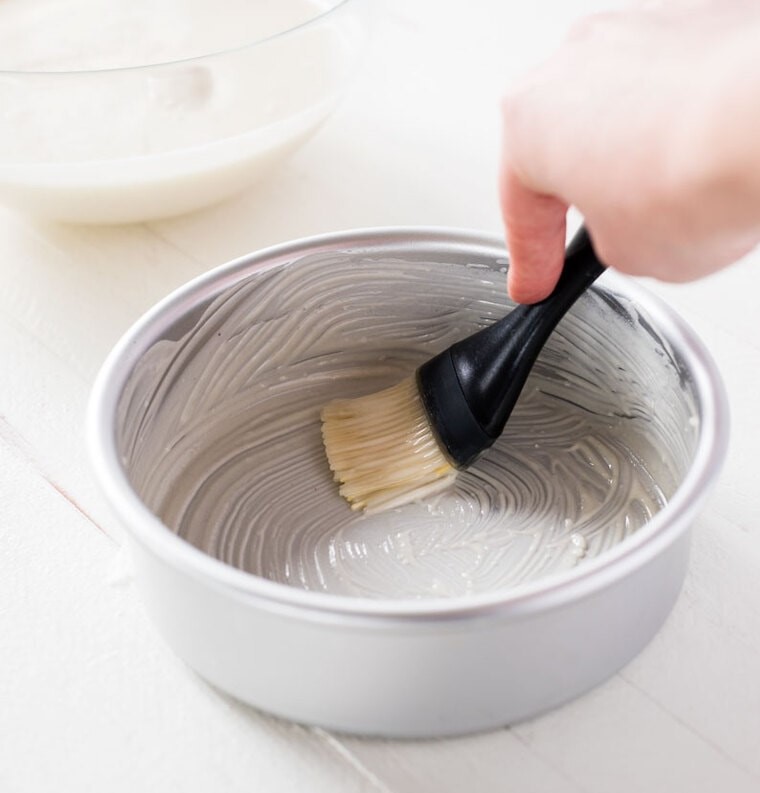 Image credit: If You Give A Blonde A Kitchen
Image credit: If You Give A Blonde A Kitchen
Nothing is more nerve-wracking than trying to remove your cake or brownie, fingers and toes crossed that it hasn’t become one with the tin. Even if you’re using non-stick equipment, a fool-proof way of ensuring that your bakes come out smoothly is by greasing or lining your baking tins or moulds.
Either brush with butter – getting into all the nooks and crannies, or use baking paper to line the bottoms and sides of the tin.
10. Opening the oven door constantly during baking
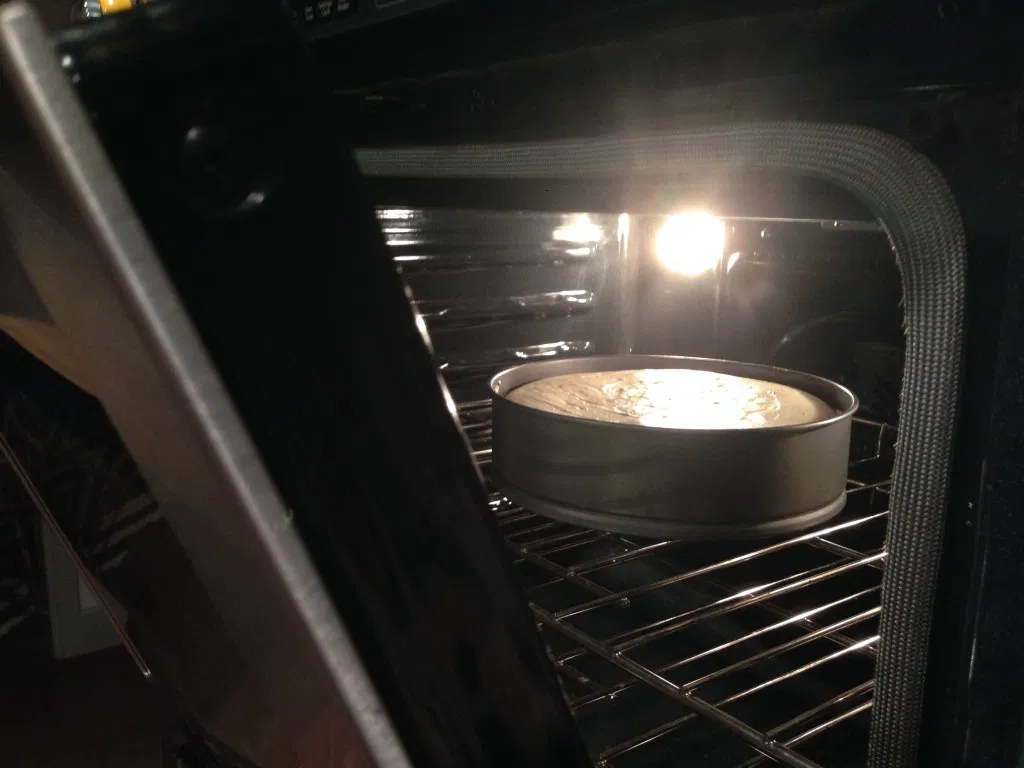 Image credit: Food For A Year
Image credit: Food For A Year
One thing you should resist doing while your cakes or cookies are in the oven is opening the oven door constantly to check on them. By doing so, you’re letting hot air out which decreases the oven temperature, and may deflate your bake.
If possible, just check on the colour of your bake from the outside and only open the oven about 10 minutes before the timer is up to check on its doneness.
A general rule is that for cakes or muffins, if a wooden skewer inserted in the middle comes out dry, it’s done!
Baking mistakes to should avoid
There’s nothing more disheartening than slaving away in the kitchen, expecting a beautiful cake only to have a result you didn’t quite anticipate.
It’s natural to have one or two bakes that turn out a little less than desirable but by avoiding these common baking mistakes, you’ll be able to solve most of your baking conundrums and take recipes head-on without a sweat.
To correct other mistakes you might be making:
- Common mistakes first-time parents make
- Hair washing mistakes that are damaging your hair and scalp
- DIY manicure mistakes
Cover image adapted from (R): Frédéric Dupont
Originally published on 12th June 2020. Last updated by Josiah Neo on 17th May 2021.
